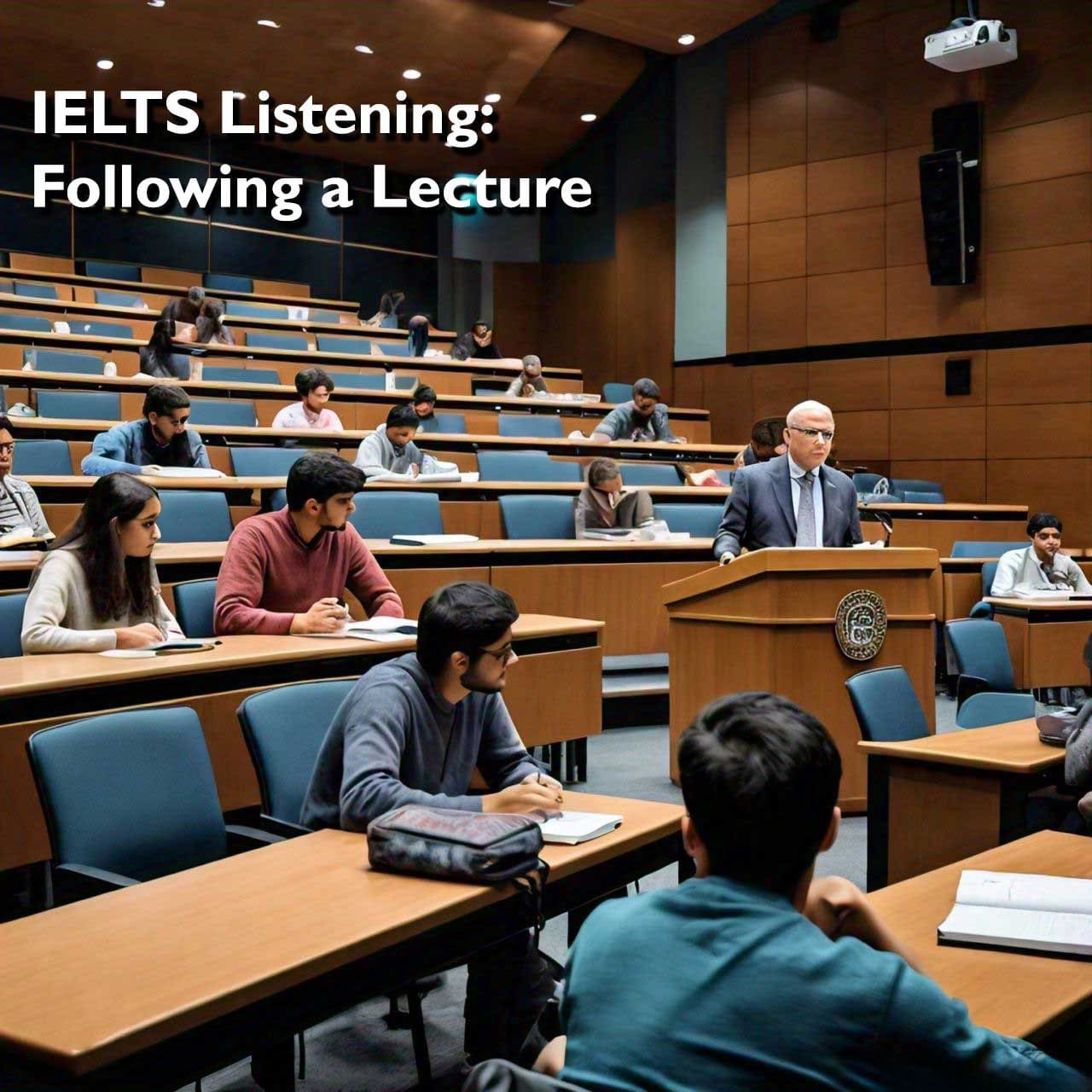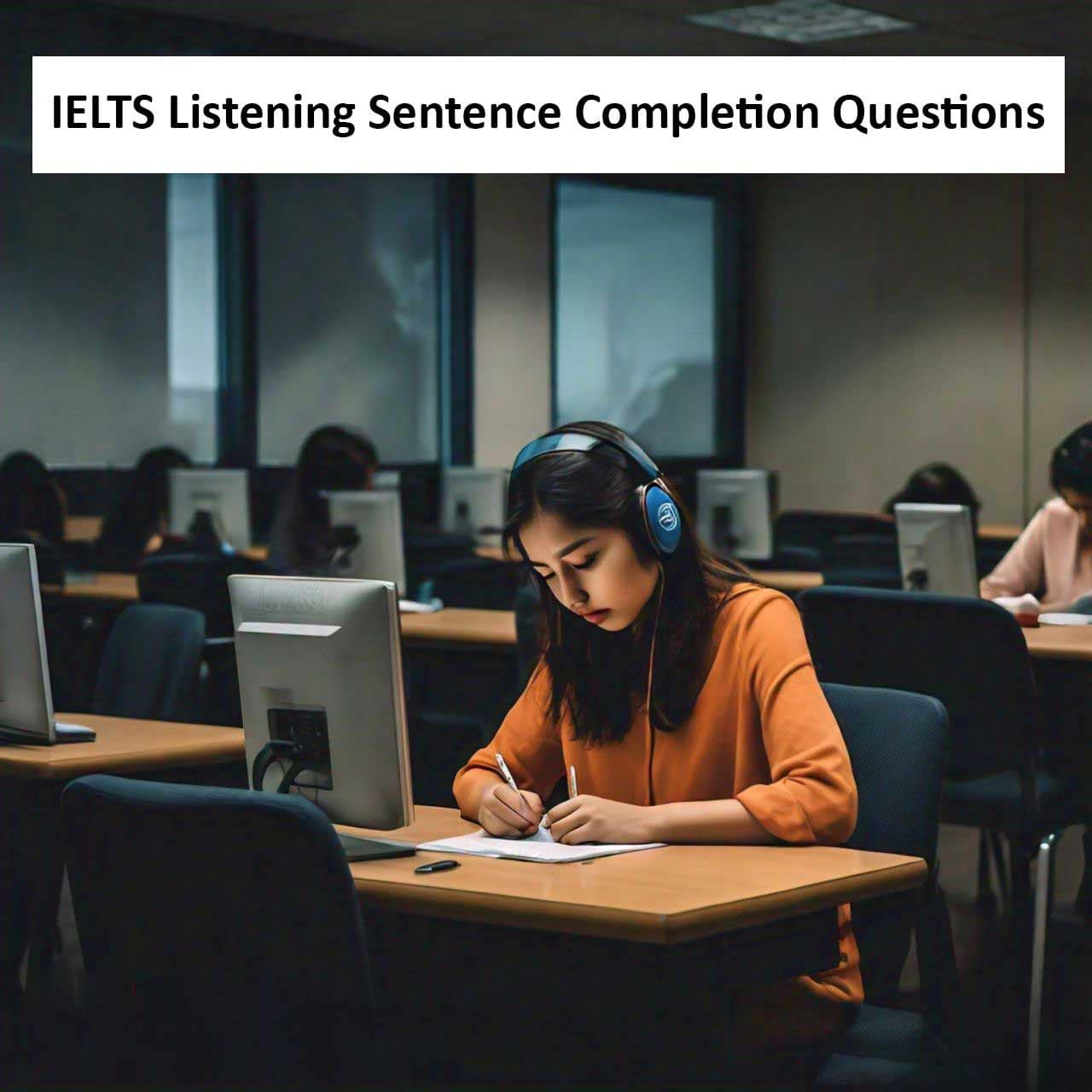The IELTS Listening test is a crucial component of the exam, designed to assess your ability to understand spoken English in various contexts. One of the most challenging parts of this test is following a lecture. This blog post provides essential tips and strategies to help you excel in this section, ensuring you understand and retain the information effectively.
Table of Contents
Understanding the Lecture Format
The IELTS Listening test consists of four sections, with the third or fourth section typically featuring a lecture or a monologue on an academic subject. This part requires careful listening, as the content can be dense and detailed. You’ll be tested on your ability to comprehend the main ideas, specific details, and the speaker’s opinions or attitudes.
Tips for Following a Lecture
1. Develop Active Listening Skills:
Active listening is crucial when following a lecture. It involves fully concentrating, understanding, responding, and remembering what is being said. Practice this skill by listening to academic lectures, podcasts, and talks in English. Pay attention to the main points and supporting details.
2. Familiarize Yourself with Academic Vocabulary:
Lectures often contain specialized vocabulary related to the topic. Enhance your academic vocabulary by reading and listening to materials in various subjects such as science, history, and economics. Create a list of common academic terms and their meanings to refer to during your preparation.
3. Practice Note-Taking:
Effective note-taking helps you keep track of important information during the lecture. Develop a shorthand system or use symbols to jot down key points quickly. Practice summarizing the main ideas and noting any examples or evidence the speaker provides.
4. Understand the Structure of Lectures:
Most academic lectures follow a common structure: introduction, main points, and conclusion. The speaker usually starts with an overview of the topic, followed by detailed explanations, and concludes with a summary. Recognizing this structure can help you anticipate the flow of information and organize your notes better.
5. Focus on Signpost Language:
Lecturers often use signpost language to guide their audience through the lecture. Phrases like “firstly,” “in addition,” “on the other hand,” and “to conclude” signal transitions between points. Being attentive to these cues can help you follow the lecture more effectively.
6. Improve Your Concentration:
Maintaining focus throughout the lecture is vital. Practice listening to longer audio materials to build your concentration stamina. If you find your mind wandering, bring your attention back to the speaker and refocus on the content.
7. Practice with Real IELTS Materials:
Use authentic IELTS practice materials to get accustomed to the format and types of questions asked in the listening test. The more you practice with real exam content, the more comfortable you’ll become with the lecture style and the types of information you need to extract.
Strategies During the Test
1. Read the Questions First:
Before the lecture begins, you’ll have a brief moment to read the questions. Use this time to understand what information you need to listen for. This can help you focus on specific details during the lecture.
2. Listen for the Main Ideas:
Focus on understanding the main ideas and how they are developed throughout the lecture. Don’t get bogged down by unfamiliar words or phrases. Instead, try to grasp the overall meaning and context.
3. Stay Calm and Don’t Panic:
If you miss a point, don’t panic. Stay calm and continue listening. Sometimes, the speaker may repeat or rephrase important information. Panicking will only hinder your ability to concentrate and catch up with the lecture.
4. Use Your Notes Wisely:
During the lecture, jot down key points, examples, and any numbers or dates mentioned. After the lecture, use your notes to answer the questions. Your notes should serve as a quick reference guide rather than a detailed transcript.
5. Review and Check Your Answers:
After answering all the questions, take a moment to review your answers. Check for any inconsistencies or errors. Make sure your responses are clear and accurate.
Conclusion
Following a lecture in the IELTS Listening test can be challenging, but with the right strategies and consistent practice, you can improve your listening skills and boost your confidence. Focus on developing active listening skills, expanding your academic vocabulary, and practicing note-taking. By familiarizing yourself with the lecture format and using effective test-day strategies, you’ll be well-prepared to tackle this section and achieve a high score. Remember, practice makes perfect, so keep listening, learning, and refining your skills. Good luck!



